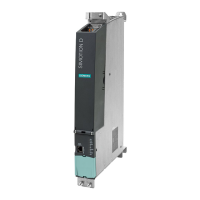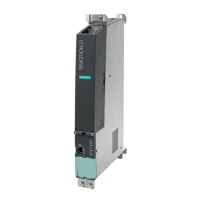Communication
2.2 PROFINET communication
SIMOCODE pro - Communication
Function Manual, 11/2018, A5E40508495002A/RS-AC/003
81
Further communication functions via Ethernet
OPC basics
The OPC Foundation (an interest group of renowned manufacturers for definition of standard
interfaces) has defined numerous software interfaces over the past years to standardize the
flow of information from the process level to the management level. In the past, the various
OPC specifications have been drawn up in line with the different requirements within an
industrial application.
Based on the experience of these classic OPC interfaces, the OPC Foundation has defined
a new platform with the name OPC Unified Architecture (UA). The aim of this new standard
is generic description and standardized access to all information that has to be exchanged
between systems and/or applications.
What is OPC?
In the past, OPC was a collection of software interfaces for data exchange between PC
applications and process devices. These software interfaces were defined according to the
rules of Microsoft COM (component object model) and can therefore be easily integrated on
Microsoft operating systems. COM or DCOM (Distributed COM) provides the functionality of
interprocess communication and organizes information exchange between applications,
including across computer boundaries (DCOM).
An OPC client (COM client) can therefore exchange information with an OPC server
(COM server) using mechanisms of the Microsoft operating system.
The OPC server provides process information of a device at its interface. The OPC client
connect to the server and can access the data offered.
The consequence of using COM or DCOM is that the OPC server and clients can only run
on a Windows PC or in the local area network and usually have to implement communication
with the corresponding automation system via proprietary protocols. This practice, in
particular, results in additional communication and software layers that increase the
configuration effort and complexity.
To resolve the above restrictions in practice and to meet the additional requirements, the
OPC Foundation has defined a new platform with the name OPC Unified Architecture, which
provides a standardized basis for exchanging information between components and
systems. OPC-UA will also be available as an IEC 62541 standard and will thus form the
basis for other international standards.
